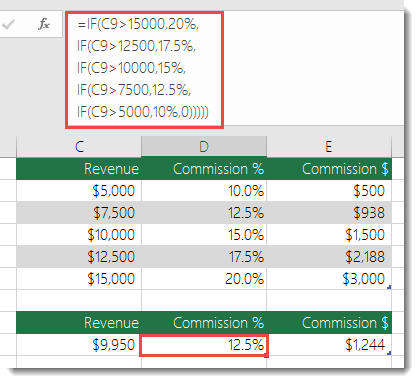
System fields (for example, Modified By).Contact list fields that are being used in resource management.Learn more about this functionality in the help articles on Drag-fill and Auto-filling Formulas and Formatting. When auto-filled, the new formula will automatically change its respective field references. Auto-fill-You can have Smartsheet automatically copy a formula to new, vertically adjacent fields that enter the sheet.

As you copy, the formula will automatically change its respective field references.

will return 90% in a column formatted for percentage. When you create formulas in columns formatted for percent (using the Percentage Format button in the toolbar), use decimal values. Smartsheet treats percentages as values between 0 and 1. For example, selecting the field of a parent row, then clicking the Sum icon will produce a =SUM(CHILDREN()) formula in the field.Īfter you create a formula, you can modify it at any time by double-clicking in the selected field or by pressing F2 (fn + F2 on a Mac). The Sum button will attempt to provide you with a formula based on the field you have selected in the sheet and any hierarchical relationships with the selected field. If you're not sure which function to use, you can click the down arrow on the right of the Sum button in the toolbar and select a function. For more information, see Set Formulas for All Rows with Column Formulas. Regardless of how new rows get inserted into the sheet, the column formula will automatically apply. Build your formula in a cell, and quickly convert it to apply to every cell in the column. When you need a formula applied consistently and uniformly to an entire column, column formulas are the perfect solution. Tips for easier formula creation Use column formulas If you change your mind about editing the formula, press Esc to exit edit mode and revert to the pre-edited formula.




 0 kommentar(er)
0 kommentar(er)
